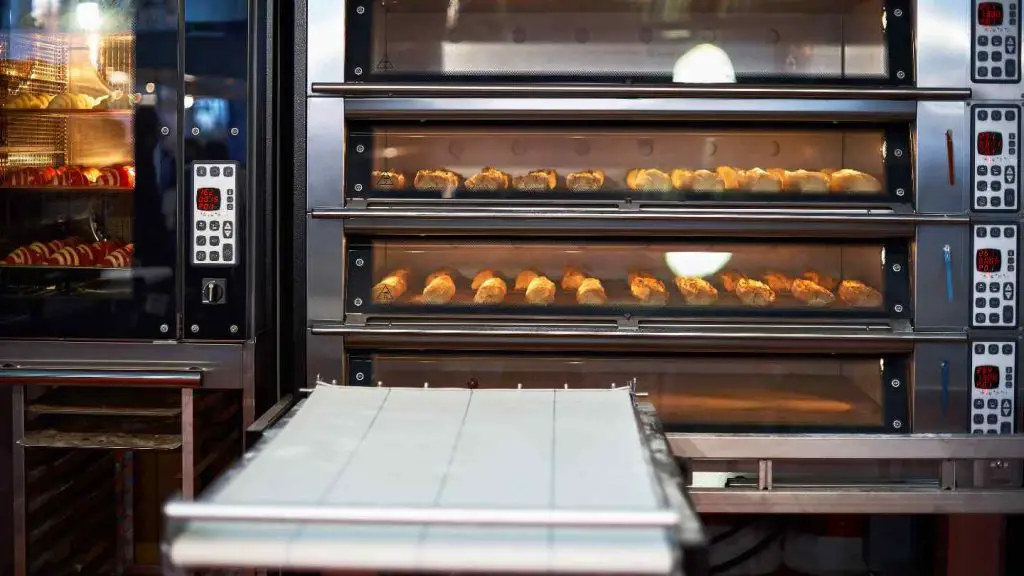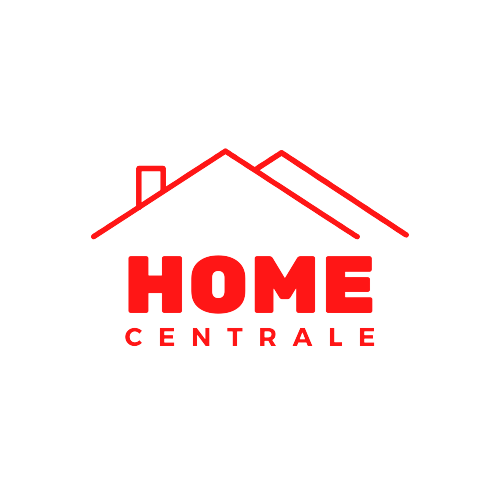Cooking can be both an art and a science, and the tools we use can make all the difference in the outcome of our culinary creations. One such tool is the convection oven, which has become increasingly popular in recent years. But what exactly is a convection oven, and what does it do?
What is a Convection Oven?
What does a convection oven do? A convection oven is a type of oven that uses a fan to circulate hot air around your food. This circulating air helps to cook the food more evenly and quickly than in a traditional oven. While traditional ovens rely on radiant heat to cook the food, convection ovens use a combination of radiant heat and forced air to cook the food from all sides.
How Do Convection Ovens Work?
The key to a convection oven’s success is the fan that circulates the hot air. When the oven is turned on, and the oven door shut, the fan blows the hot air and moves it around the food, creating a constant flow of heat. This heat transfer process is known as convection.
Convection ovens also have a heating element in them, which is usually located at the bottom of the oven. This heating element heats the air that is circulated by the fan, creating a consistent temperature throughout the oven. Some convection ovens also have a second heating element at the top of the oven, which can provide additional heat and help to brown the top of the food.
Types of Convection Ovens
There are two types of convection ovens:
- True convection oven
- Fan-assisted convection oven or Quick bake convection oven
True convection ovens have an extra heating element and a fan that work together to circulate the hot air evenly throughout the cooking chamber. This type of convection oven is considered to be the most efficient and effective at cooking food evenly.
In a fan-assisted convection/quick bake oven, on the other hand, the heating element and the fan work independently of each other. This type of convection oven can still cook food faster and is still more evenly than a traditional oven, but it may not be as efficient as a true convection oven.
Also read: What is a Kosher Oven? A Comprehensive Guide
Features of a Convection Oven

Convection ovens come in a range of sizes and configurations to suit different applications. Some of the common features of convection ovens include:
- Multiple heating zones: Convection ovens can have multiple heating zones, each with its own temperature control. This allows for precise control of the cooking process and ensures that the food products are cooked evenly.
- Variable speed control: Convection ovens have a variable speed control that can be adjusted to suit the cooking time and heat distribution requirements of the food product. This ensures that the food products are cooked evenly and at the right temperature.
- Energy efficiency: Convection ovens are designed to be energy-efficient, with features such as insulated chambers and efficient heating elements. This helps to reduce energy consumption and operating costs.
- Easy to clean: Convection ovens are designed to be easy to clean, with features such as removable crumb trays. This helps to maintain hygiene standards and reduce downtime for cleaning.
Comparing Convection Ovens to Other Types of Ovens
When it comes to baking and cooking, there are various types of ovens available, each with its own advantages and disadvantages. The following chart compares the different types of ovens with a convection oven:
| Type of Oven | Advantages | Disadvantages |
|---|---|---|
| Deck Oven | – Produces high-quality baked goods – Allows for different heat zones – Ideal for artisanal baking | – Slow cooking time – Limited capacity – Requires skilled labor |
| Rotary Oven | – High capacity – Consistent heat distribution – Good for small to medium-sized baked goods | – Limited flexibility – High energy consumption – Requires skilled labor |
| Convection Oven | – Fast cooking time – Energy efficient – Ideal for small to medium-sized baked goods | – Limited capacity – Sometime may have an uneven heat distribution – Can dry out food products |
| Conveyor Oven | – High Capacity – Consistent heat distribution – Good for small to medium-sized baked goods | – Limited flexibility – Can be expensive – Requires regular maintenance |
Related: 9 Trouble-Shooting Tips On Why Your Gas Oven is Not Getting Hot Enough
Using a Convection Oven
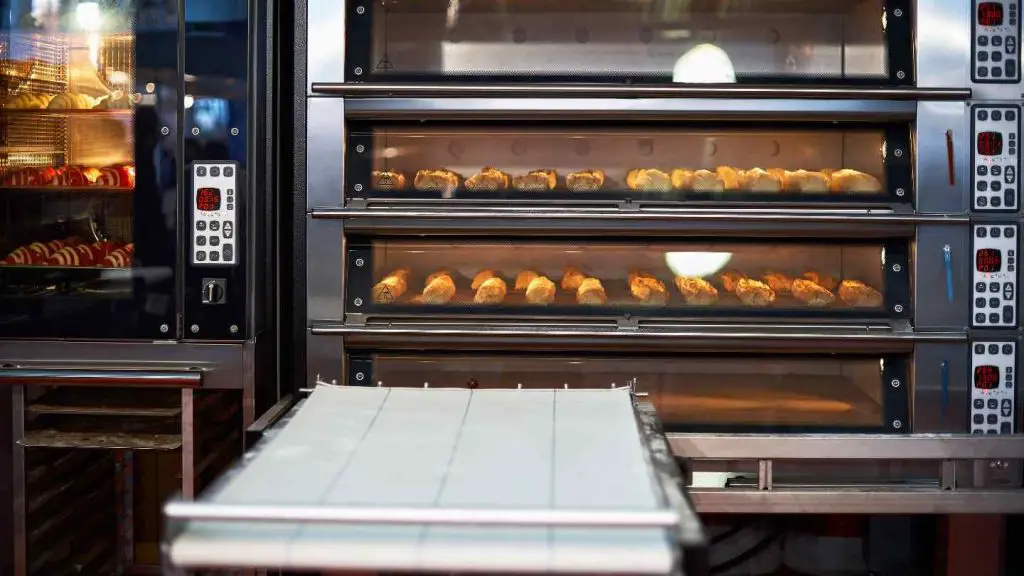
Preparing Your Convection Oven
Before using your convection oven, it’s important to read the manufacturer’s instructions carefully. Make sure that you understand how to turn the oven on and off, how to set the temperature, and how to set the timer.
Once you’ve read the instructions, it’s time to prepare your oven for use. Start by preheating the oven to the desired temperature. Most convection ovens have a preheat setting, which will automatically preheat the oven to the desired temperature.
Next, make sure that the oven racks are in the correct position for the type of food you will be cooking. If you’re cooking a large roast, for example, you may need to place the oven rack in the lower position to allow enough space for the roast to cook evenly.
Cooking with a Convection Oven
Now that your convection oven is preheated and ready to go, it’s time to start cooking. Here are some tips to keep in mind:
Use the Right Cookware
When cooking with a convection oven, it’s important to use the right cookware. Use shallow baking pans and cookie sheets instead of deep baking dishes, as this will allow the hot air to circulate more evenly around the food.
Adjust Cooking Times
Because convection ovens cook food faster than traditional ovens, you may need to adjust the cooking time. As a general rule, you should reduce the cooking time by about 25 percent. For example, if a recipe calls for 40 minutes of cooking time in a traditional oven, you should only cook the food for about 30 minutes in a convection oven.
Monitor Food Carefully
It’s also important to monitor your food carefully to prevent overcooking. Check your food frequently and use a meat thermometer to ensure that the internal temperature of the food has reached the appropriate level.
Use the Right Settings
Most convection ovens have different settings for different types of cooking, such as baking, roasting, and broiling. Make sure that you understand how to use each setting and use the appropriate setting for the type of food you will be cooking.
What To Cook In A Convection Oven
Convection ovens are versatile appliances that work well with a wide range of foods. Here are some of the best foods to cook in a convection oven:
- Roasts: Convection ovens are excellent for roasting meats such as chicken, turkey, beef, and pork. The hot air circulation helps to cook the meat evenly and results in crispy, golden-brown skin.
- Baked Goods: Convection ovens are great for baking bread, cakes, cookies, and pastries. The circulated hot air helps to create a more uniform temperature throughout the oven, resulting in even baking and a nicely browned crust.
- Vegetables: Roasting vegetables in a convection oven brings out their natural sweetness and caramelizes the edges. It’s perfect for vegetables like potatoes, Brussels sprouts, asparagus, and root vegetables.
- Pizza and Flatbreads: The high heat and even cooking of a convection oven make it ideal for making homemade pizza and flatbreads. The circulating hot air helps to crisp up the crust and cook the toppings evenly.
- Casseroles and Baked Dishes: Convection ovens are great for cooking casseroles and baked dishes like lasagna, gratins, and macaroni and cheese. The even heat distribution ensures that the dish cooks uniformly and gets a nice golden crust.
- Pies and Quiches: Convection ovens are excellent for baking pies and quiches. The hot air circulation helps to cook the crust evenly and prevent a soggy bottom while ensuring the filling is cooked to perfection.
- Fish and Seafood: Convection ovens are ideal for cooking fish and seafood as they help to seal in moisture and cook the fish evenly. You can bake, broil, or roast fish fillets, whole fish, shrimp, scallops, and more.
- Breaded and Fried Foods: Convection ovens can give a crispy texture to breaded and fried foods without the need for deep frying. Items like chicken tenders, fish sticks, or breaded vegetables can be baked in a convection oven for a healthier alternative.
Remember to adjust the cooking times and temperatures as per the recipe instructions and the specific model of your convection oven. Enjoy exploring the wide variety of foods you can prepare using your convection oven!
Related: How Long is Cooked Chicken Good for in the Refrigerator? (#4 is a life-saver)
Tips and Tricks For Beginners
Here are some additional tips and tricks to help you get the most out of your convection oven:
- Use a baking stone or pizza stone to help distribute heat evenly and prevent hot spots.
- Use a roasting pan with a rack to allow hot air to circulate more evenly around the food.
- Use a silicone baking mat to prevent food from sticking to the baking sheet.
- Use a meat thermometer to ensure that the internal temperature of the food has reached the appropriate level.
- Use aluminum foil to cover food that is browning too quickly.
- Use a timer to ensure that you don’t overcook your food.
Best Convection Ovens on the Market in 2023
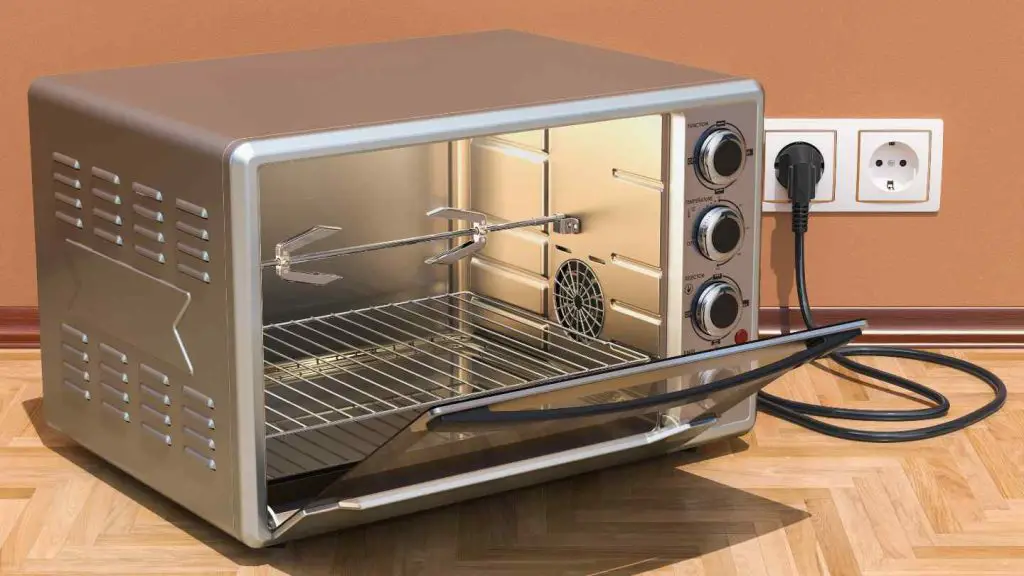
If you’re in the market for a convection oven, here are some of the best options:
- Breville Smart Oven Pro: Priced at $279.95 at the time of writing, this countertop oven has a large capacity and can handle everything from toasting bread to roasting a turkey.
- KitchenAid KCO255BM: This countertop dual convection oven has a sleek design and a large capacity. It also has a variety of cooking modes, including a convection mode. This appliance is available for $359.99 on Amazon
- GE Profile PTD7000SNSS: This built-in double-wall convection oven comes with wifi, has a large capacity, and has a variety of cooking modes, including a convection mode. It also has a self-cleaning feature. This highly-priced convection oven comes with a high price tag and can go as high as $2798 on Home Depot
- Samsung NE59M6850SS: This range oven has a convection mode and a large capacity. It also has a warming drawer and a built-in air fryer.
What Types of Foods Can You Cook in a Convection Oven?
Convection ovens can be used to cook a wide variety of foods, including:
Roasted Vegetables
Convection ovens are great for roasting vegetables because they can create a crispy exterior without overcooking the interior. Simply toss your vegetables in some oil and seasoning, spread them out on a baking sheet, and roast them in the convection oven until they’re tender and crispy.
Baked Goods
Convection ovens are also great for baking because they can create a more even temperature throughout the oven. This means that your baked goods are less likely to have burnt edges or undercooked centers. Plus, the constant flow of hot air can help to create a nice rise in your baked goods.
Meat
Convection ovens make it ideal for cooking meat because they can help to create a nice crispy exterior while keeping the interior moist and juicy. This is especially true for poultry, which can be difficult to cook evenly in a traditional oven.
Also read: Can Paper Plates Go in the Microwave? (10 things you must know)
Convection Oven vs. Traditional Oven: A Comparison Chart
| Convection Oven | Traditional Oven | |
|---|---|---|
| Circulates hot air | Yes | No |
| Cooks food more evenly | Yes | No |
| Cooks food faster | Yes | No |
| Creates crispy exterior | Yes | No |
| Ideal for roasting | Yes | No |
| Ideal for baking | Yes | No |
| Ideal for cooking meat | Yes | No |
| Cost | More expensive | Less expensive |
| Learning curve | Yes | No |
| Food placement | Requires | No |
Are There Any Drawbacks to Using a Convection Oven?
While there are many benefits to using a convection oven, there are also some drawbacks to consider. Here are a few:
Cost
Convection ovens tend to be more expensive than traditional ovens, which can be a barrier for some consumers. However, the cost may be worth it if you do a lot of cooking or baking.
Learning Curve
Using a convection oven can take some getting used to, especially if you’re used to cooking with a traditional oven. You may need to adjust your cooking times and temperatures to get the best results.
Food Placement
Because the hot air is constantly moving around the food, you may need to adjust the placement of your food in the oven to ensure even cooking. This may take some trial and error to figure out.
Conclusion
Understanding what a convection oven does is essential for maximizing its capabilities in the kitchen. Whether you’re a seasoned chef or an enthusiastic home cook, a convection oven can revolutionize your cooking experience and deliver delicious results with efficiency and convenience.
